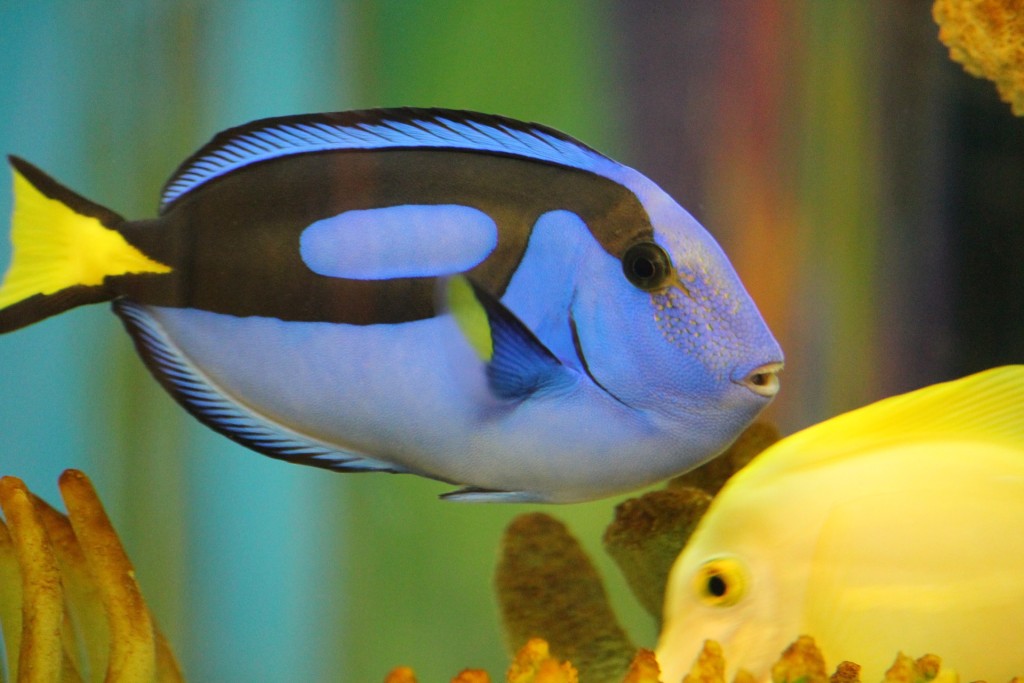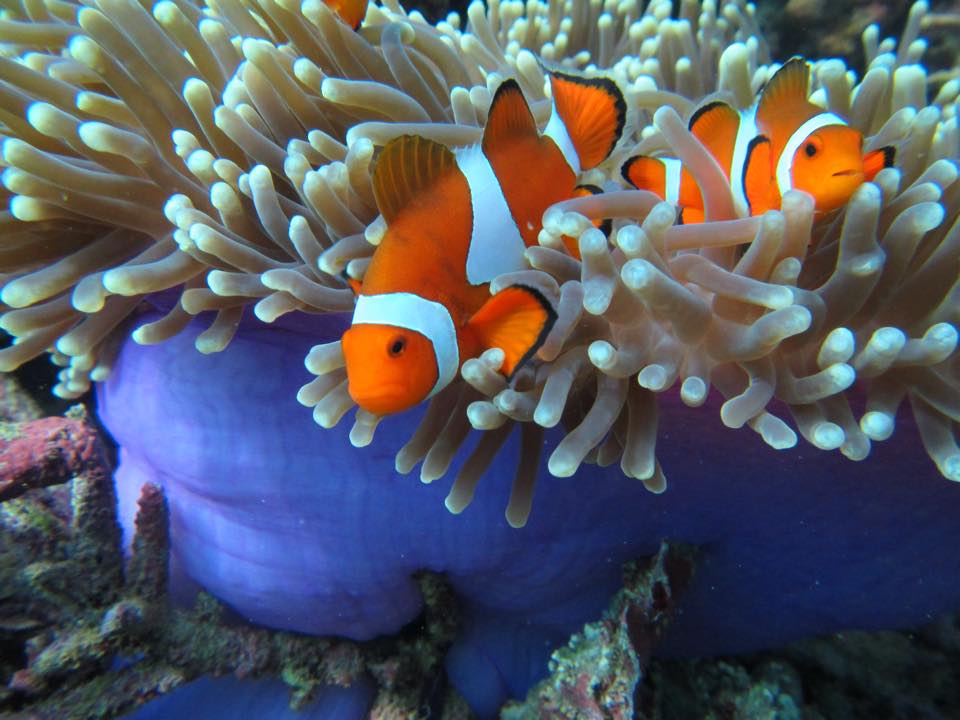With just over a week to go, I am getting increasingly excited about the release of Pixar’s new film, Finding Dory. After marveling at the accuracy when portraying the underwater world in Finding Nemo, I look forward to seeing what new levels Pixar will go to in their most recent masterpiece.
Following the story of Dory – a forgetful regal blue tang – as she sets off in search of her long lost family, viewers will be introduced to an array of lovable marine characters. Divers, you can practice your fish ID skills as the plot unravels, thanks to the attention to detail Pixar invest in each and every one of their films. Meanwhile, marine biologists worldwide rejoice, pleased by the conservation message that the original film and its sequel aim to instill in the viewer. However, the good intentions backfired massively, as we witnessed after the release of Finding Nemo in 2003.
Internationally, people followed the story of the poor little anemone clownfish Nemo, as he was abducted from his home and taken to live behind glass (by P. Sherman, 42 Wallaby Way, Sydney – no less!) His loving, yet slightly overprotective father frantically searches for his lost son, while Nemo plots ways to escape his captor.
The message is clear – Fish should not be taken from the oceans, put into tanks, and left on display because you think they look pretty! That is a big NO-NO. Yet somehow, people suddenly rushed to pet shops and aquariums looking for a nemo of their very own. Clownfish sales went up as much as 40% in some places, breeders struggling to meet the sudden increase in demand. Fortunately for the world’s anemone clownfish population, our little orange and white striped friends are reasonably easy to breed in captivity. This phenomenon lead to the creation of the Saving Nemo foundation, who look to educate the masses on the truth behind having an aquarium at home. What many fail to realise is that 90% of all fish in captivity were taken directly from their homes in the ocean. This is leading to a decrease in the population of fish such as clownfish in the wild, meaning some species will eventually face extinction.
This issue comes into play with the release of the sequel. Will sales of blue tangs boom in the same way clownfish sales did in 2003? Unlike Nemo, Dory cannot be bred in captivity, although research is being carried out, marine biologists have yet to discover a way to breed our favourite character. If you see a blue tang in captivity, it will have come from the wild. It is estimated that a whopping 400,000 regal blue tangs are collected from their natural habitat every year, if demand increases, so will that number. Here’s hoping that Pixar get their message on conservation across loud and clear with this new film! If you are taking your little ones to see Finding Dory next week, make sure they understand the importance of fishes staying in their natural habitat!
A much better way to experience the whole cast of Finding Nemo, is to visit them personally! Witnessing marine life in its natural habitat is a great reason to learn to dive. Many of the protagonists can be found in Fiji, join us there in August! Come and talk to us to find out more! We can also tell you all about project AWARE, and how to get involved saving our oceans!


